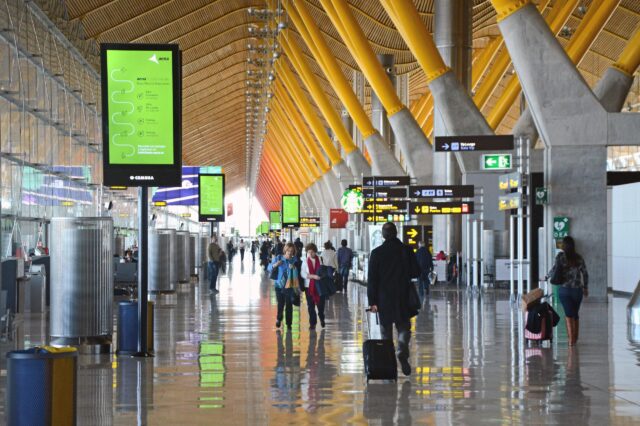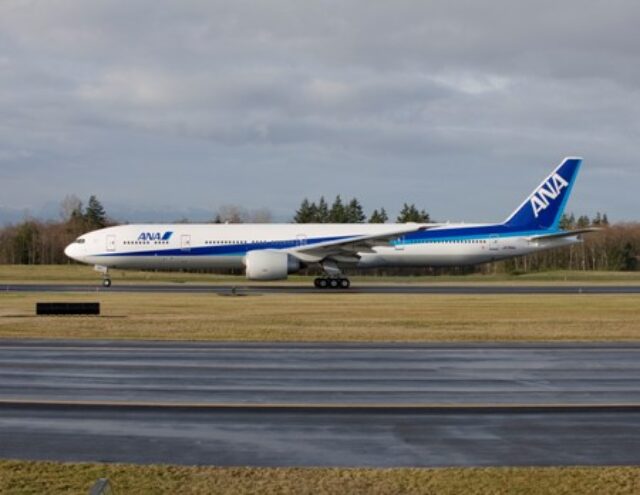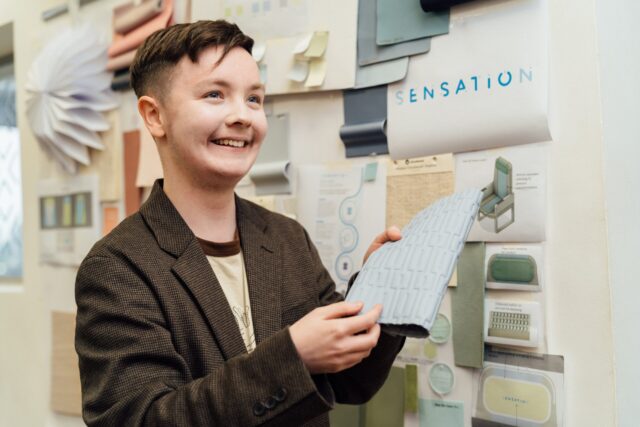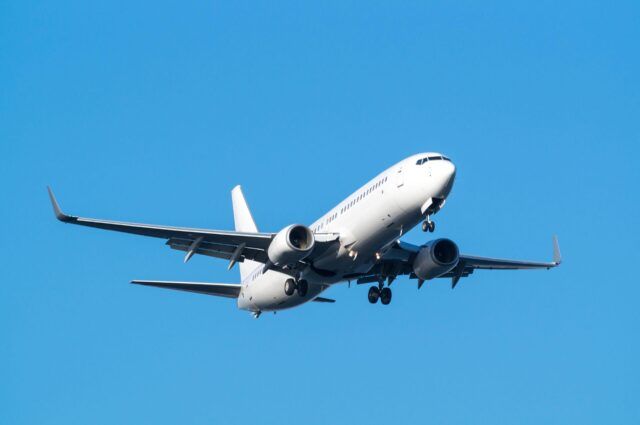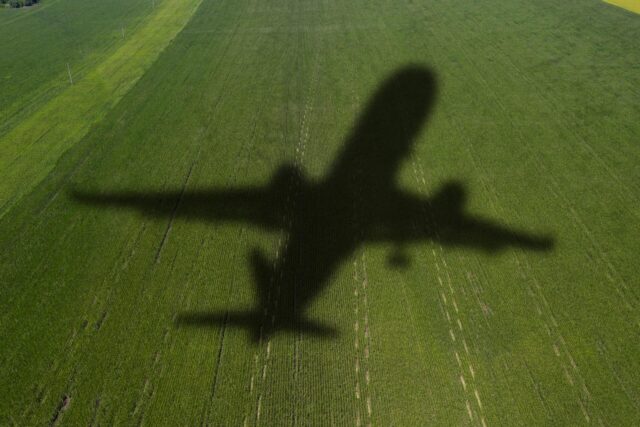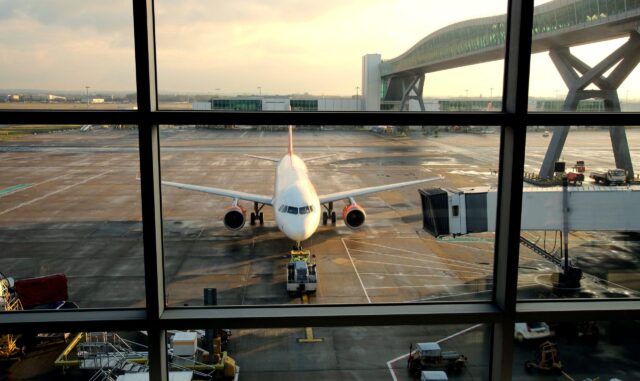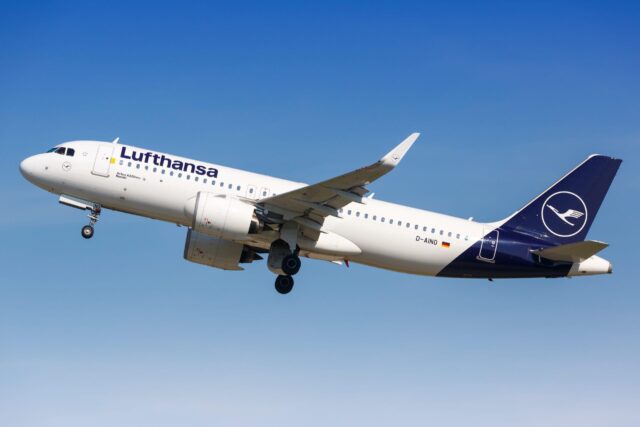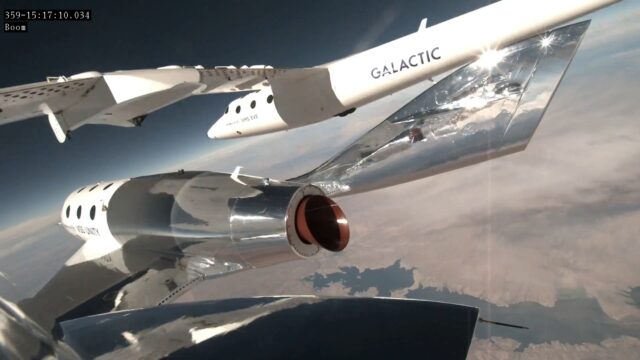The Last of the Few
March 20, 2025

Dublin-born Hemingway joined the RAF on a short service commission on 7th March 1938. Following the outbreak of the Second World War, he was posted to No.85 Squadron in France, flying Hawker Hurricanes. In an eleven-day period the squadron accounted for a confirmed total of 90 enemy aircraft; but there were many more claims that could not be substantiated.

Hemingway was credited with destroying a Heinkel He 111 on 10 May, and a Dornier Do 17 the next day. His Hurricane aircraft was hit by anti-aircraft fire, and he had to make a forced landing near Mastricht. He flew supporting missions over the English Channel during the Battle of Dunkirk, and joined No.253 Squadron after the withdrawal from France, before rejoining No.85 (now under the command of Peter Townsend) on 15th June.

Hemingway flew multiple sorties daily during the Battle of Britain, and was forced to bail out of his Hurricane twice, landing in the sea and then in marshland the second time. He was shot down over Eastchurch on 26 August; making him No.85 Squadron’s first official combat victim of the Battle of Britain. Five days later he damaged a Bf 109. On 3 September 1940, he was promoted to Flying Officer, and on 22 September made a forced landing near Church Fenton due to poor weather.

He saw his role in the Battle of Britain as doing the job he had been trained to do, and not as an an epoch-making moment in the history of the United Kingdom.

On 13 May 1941, still serving with No.85 Squadron, Hemingway had to bail out of his Douglas Havoc night fighter due to instrument failure in bad weather. Hemingway broke his hand on the tail and his parachute failed to open properly, but he was saved further injury when the parachute caught on the branches of a tree and he survived with injured ankles.
On 1st July 1941 he was awarded the Distinguished Flying Cross, and in September he was Mentioned in Dispatches. His journey to London to receive his DFC from The King was complicated when his transport, a Bristol Blenheim, crashed on take-off!
On 7 July 1941, he began serving with No.1452 Flight at RAF West Malling, flying Turbinlite-equipped Douglas Boston and Douglas Havoc aircraft. After a period serving as an air traffic controller, Hemingway was given command of No.43 Squadron, flying Spitfires as part of No.324 Wing, in April 1945. Hemingway was shot down for a fourth time while attacking enemy forces near Ravenna in April 1945. His Spitfire was hit by anti-aircraft fire and he bailed out over enemy territory. Italian partisans helped him to return to his squadron.
Hemingway was promoted to the rank of Group Captain on 1 January 1969, and retired from the RAF on 12 September, 1969.

Paddy was described as a quiet, composed, thoughtful and mischievous man who always had a twinkle in his eye. Air Chief Marshal Sir Rich Knighton, the Chief of the Air Staff said that:
“It is with great sadness that I heard of the passing of John ‘Paddy’ Hemingway today. I am thankful that I was able to meet and spend time with him in Dublin, most recently in January this year. Paddy was an amazing character whose life story embodies all that was and remains great about the Royal Air Force. In his youth he travelled from Ireland to join the RAF and following the outbreak of World War II, was assigned to No. 85 Squadron in France, where he is recorded as destroying two enemy aircraft during the Battle for France, as well as flying supporting missions during the Battle of Dunkirk. He eventually retired from the RAF in 1969 as a Group Captain. Throughout his life he inspired those he knew and served with. My thoughts are with his family and all those who cared for him over the past few years.
“This was a generation who understood the importance of service and comradeship. A generation who believed that with hard work, clarity of purpose and a determination to succeed, they would not lose. Their efforts and the efforts of all our personnel past & present are the bedrock on which the Royal Air Force maintains the security of the UK at home and abroad. Their sense of duty and willingness to put others before themselves should inspire those who will build the next generation Air Force.”





